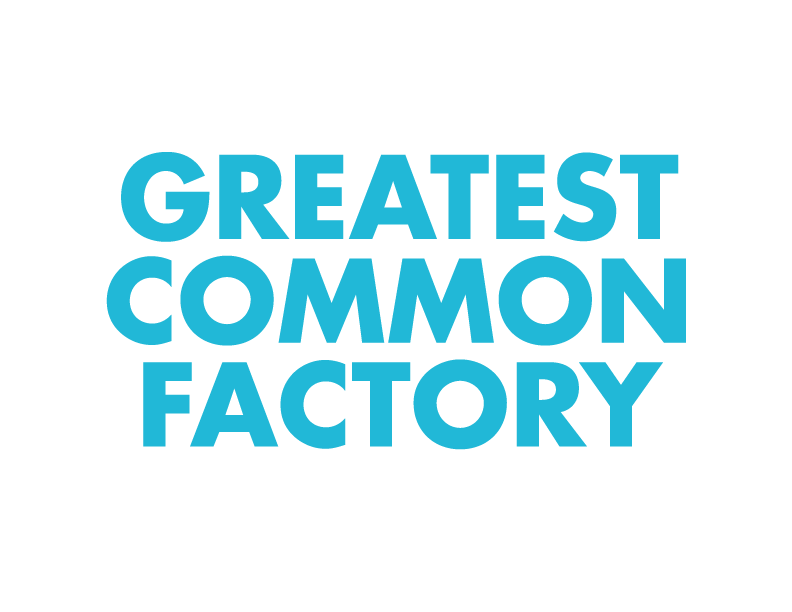Why Working Harder Doesn't Work
We’ve confused the work required to address a business problem with the actual solution.
The Great Resignation is making headlines around the world as people revolt against the suffocating demands of today’s workplace. While everyone’s suffering with it, talking about it and writing about it, there’s one underlying problem we’re not addressing. Work is killing us because effort is rewarded more than business results. We’ve confused the effort required to solve a business problem with the actual solution.
We’re upside down on ROE (return on effort)
Business has institutionalized the knee-jerk reaction of throwing bodies at a problem. We get rewarded for how big we get—not how quickly we solve the right problems. The harder everyone works, the lower the ROE falls. ROE actually comes from applying context and talent to as many problems as possible, not applying more people to individual problems.
We’re deploying our people the wrong way
When everyone must be present, all the time, for every meeting, in every document, it gets in the way of real work and overtakes their personal lives. Banning emails after hours, an increasingly popular consideration, only considers the symptom. The core problem is we’ve conditioned people to manage up and down, all around, all the time.
The Grand Plan is not about grand results
Across industries, companies are rearranging the deck chairs and redesigning approaches to work. As they do, that effort becomes its own achievement, and we often confuse scale with success. The bigger the plan, the more people are involved and the less change is effected. And those not involved worry about where they fit in.
Here are three strategies to properly apply talent and context to work:
Reorient by starting with ‘why’
Most companies respond to work challenges by asking everyone to work harder and be constantly “on” in more ways. More powerful effort doesn't improve results; it only makes people tired and sore. Starting with why, on the other hand, creates context with fewer, smarter problems to solve. Start every level of business decision-making, from the field rep to the COO, from a new set of questions. Why do we need to solve this? What's the best way to solve this? How can we solve it with the least friction possible? How does this benefit our organization and the people it serves? What do we believe we will make better even before we see results? How will we measure those results quickly? How fast do we need to move before our current efforts are irrelevant?
Prioritize decisiveness
There’s no time to save up questions and plan the perfect response. Whoever makes the decisions has to be in the day-to-day mix with ears and eyes on the ground; and they have to be available and approachable. Today can’t be managed from the ivory tower.
Make less work by making it better
For most companies, this means a completely new way to work: working less by working better. It starts with deciding who and/or what the work serves (employees, customers, clients, profit margins).
Since they’ve systemized ways of doing things, companies of all sizes fall into the trap of muscle memory. A problem comes up, and they immediately hit the process button. That calls in the usual people and phases and protocols, with all their logistical challenges. Even establishing priority sucks up effort this way, so they start from behind on ROE. Once the engine is revving on automatic, there’s too much process momentum to stop. ROE speeds upside down.
When a client brings you a problem, solve for context first by questioning as many “yes/no” empowered stakeholders as possible. You’ll discover where the project lives within the other ongoing challenges and aspirations of the business. And if you make the stakeholders part of the solution, you’ll increase your odds.
Then charge a multi-talented and multidisciplinary team to tackle the problem from beginning to end. Make the hierarchy flat, and give everyone complementary responsibility. That will keep everyone focused on the business problem and prevent them from bringing any baggage to the job (the client probably has enough baggage already). And it will cement what the team is doing to why they’re doing it.
Let them do the research, set the strategy, create the product, lead the rollout, monitor the progress, and report the results. Because they’re in charge of it all, they’ll keep one eye on the future and make sure they’re laying a foundation for solving tomorrow’s problems (ideally before some of them start).
Work should serve a larger purpose than effort. Work should not be done in a silo but serve as much of the company or brand as possible. And work should not have to be reworked over and over again; it should lend equity and progress to the work that comes next while serving the dreams and aspirations of those who do it.
This GCF-authored editorial originally appeared in Ad Age.

